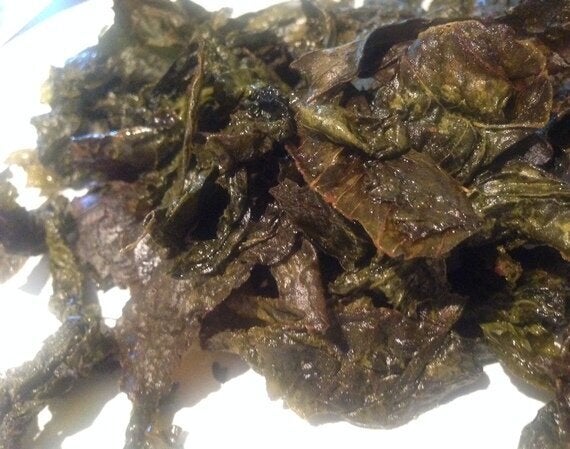Where do you stand on using foraged foods in cooking? Whether you are completely new to foraging or a foraging enthusiast, sometimes taking home some carefully-picked edible wild plants (and after even more careful identification), the question is: how to use foraging plants in cooking?
I personally am in the middle in a continuum where, on the one side, you have the "Bear Grills survival cook" extreme (cleverly explained in this article) and on the opposite extreme you have gourmet restaurant cooking (as featured in Poorna Bell's article).
As a home cook, my mission is to use wild foods in easy to prepare dishes and add variety to our modern diets which clearly need a boost in terms of nutritional value. Vegetables grown with intensive farming methods and out of season vegetables tend to have lower vitamin and mineral content than organically grown foods and wild foods. Foraged foods, as long as they grow in areas that are not polluted by traffic or pesticides, can be a great addition to our diet.
Are you a fan of foraging? Do you wonder how to use what you have foraged in your daily cooking?
Sure, you can use vegetables in stir-frys or make soups, but there are so many different flavour combinations you can experiment with. For example, the same plant like elderflower can be used in both sweet and savoury dishes. We all tend to get stuck in a rut, going back to the same tried and tested recipes, so why not spice things up with some fresh ideas?
Here are a few examples of foraged foods and how to use them in every day cooking.
Elderflower
One plant, so many uses. The flowers from the elder plant can be added to so many dishes, and in late summer you can pick the berries for a number of different recipes.
Flowers are fragrant (although their smell is not appreciated by everybody) and can be used to make cordial, fritters or omelettes.
If you have a batch of fresh flowers, why not pulverise them in a grinder or blender and mix them with sugar to add aroma to your cupcakes' frosting?
Wait, it gets better: have you ever heard of elderflower capers? You can pickle the young flower buds (usually a mix of water, vinegar, sugar and salt) and, after a few weeks of maturing, use the capers as a tasty accompaniment to any dish.
Sow Thistle
If you like artichokes you will love sow thistle flowers. Sow thistle is part of the same family as artichokes.
The best way to appreciate sow thistle flowers is to dip them in batter and fry them: these fritters make and excellent starter or nibble to have with a drink. The recipe for sow thistle tempura is quite straightforward.
The stems can be steamed and then cooked with a bit of butter and eaten like asparagus, but make sure they are not too stringy.
Dock Leaf
There are many varieties of dock leaf, some of which are more bitter than others. If you find a variety that is not too bitter and has an acidic taste, it would be perfect to use to make the Greek dish dolmades.
Dock leaf has a similar nutritional profile to kale, so why not use dock leaf instead of kale to make dock leaf chips? Seasoned with salt and lemon, they make an excellent snack. Here is the recipe for dock leaf chips, it's really simple.

Dock leaf chips. Picture credits: Paola Bassanese
It's Worth Cooking with Foraged Foods in Your Kitchen
You don't need to be a professional chef to start re-inventing your classic dishes, those staple recipes you go back to again and again because they are tried and tested. Just adding one new ingredients can really change the taste profile of a dish and improve its nutritional value at the same time.
Find more recipes in The Foraging Home Cook.